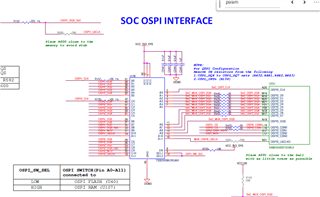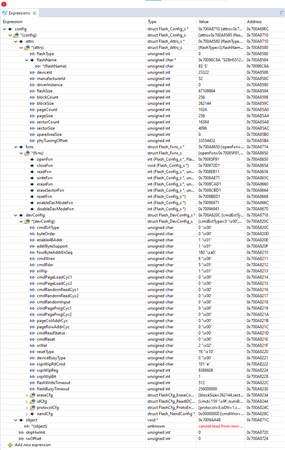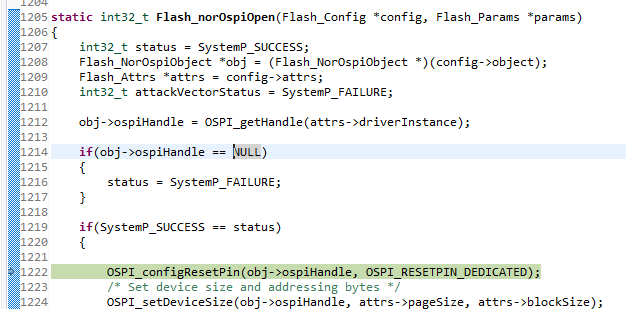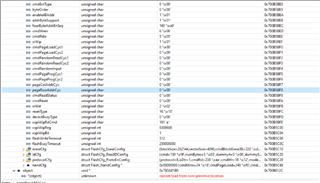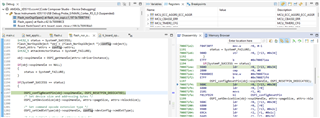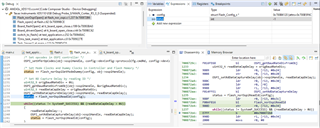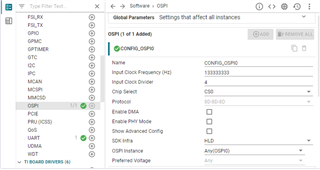Other Parts Discussed in Thread: TMDS243EVM, SYSCONFIG
Tool/software:
Hi,
We are evaluating the TMDS243EVM custom board, which features both OSPI flash and PSRAM controlled by a high-speed switch. We successfully tested the Beyond-SDK example for PSRAM.
Currently, we are trying to evaluate the simultaneous use of PSRAM and flash, as our application requires both RAM and flash during run time. To test performance, we created a demo code. However, we are facing issues managing the function calls such as Flash_open and Psram_open. Additionally, we noticed that different chip selects are used for RAM and flash. How should we manage this?
Is there any test application available to evaluate this scenario, or guidance on how to use both OSPI flash and RAM in an application?


